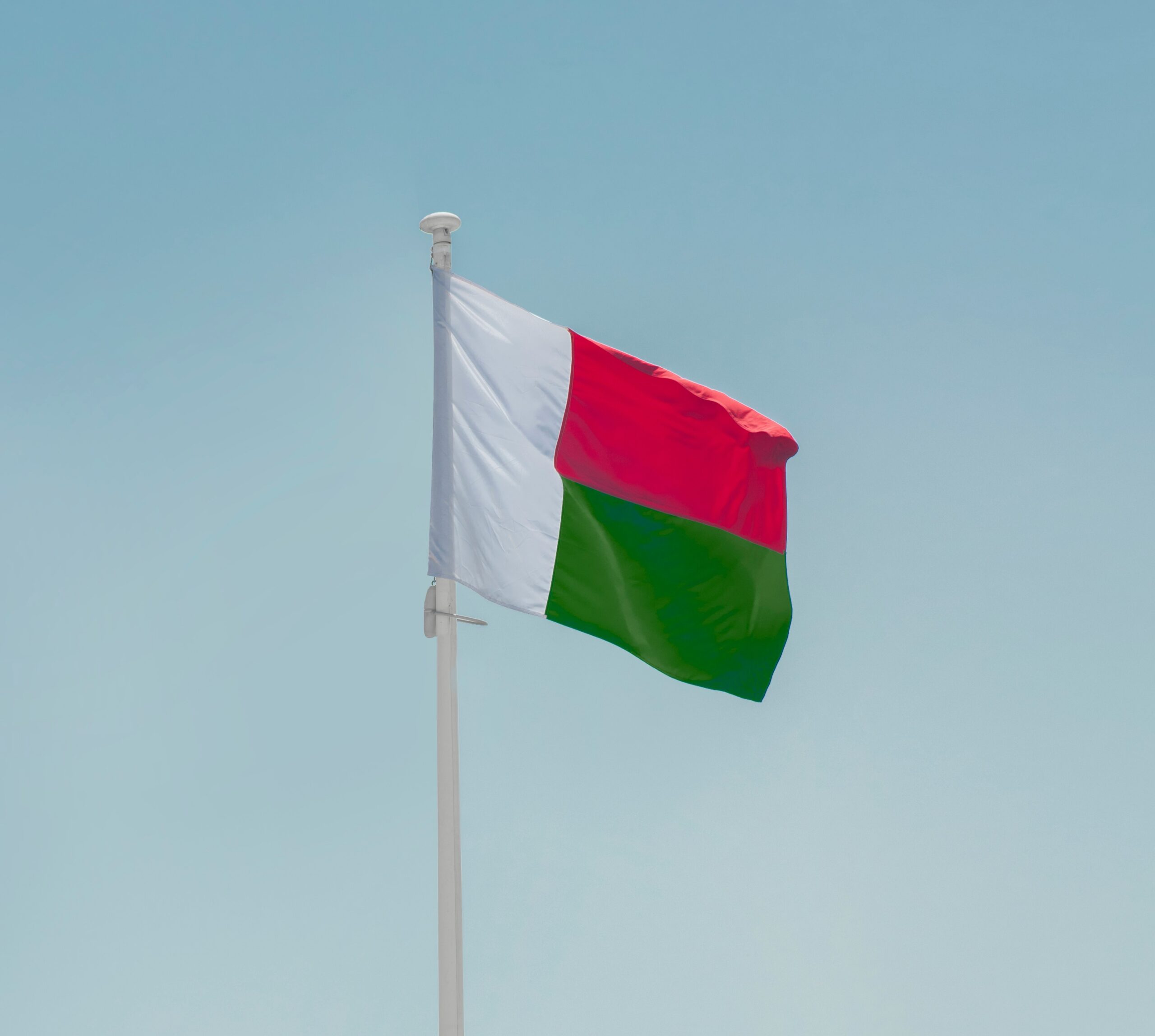Madagascar is an island country situated 250 miles off the South East Coast of Africa. Named as the 4th largest island in the World, after Greenland, New Guinea and Borneo. Its is similar in size to France at 592,796 km2.
The inland capital is Antananarivo. Thankfully shortened and known by the locals as Tana. It is here in Tana that I am writing this post. Waiting for Turkish Airlines to locate my lost luggage. My friend Robert was right when he said that the airlines initials THY stands for,’ They Hate You’. I am reminded of this once again.
Madagascar’s population is 30.8 million people, made up mainly of the Malagasy people, an amalgamation of Indonesian people arriving in 1000AD and Bantu people from Mozambique ( the nearest neighbour to the west) who arrived in 900AD. Strikingly, 2/3rds of this population is below the age of 15 years of age, and a life expectancy of 65 is well below the world average (UK is 81). I wonder what is happening here?
Madagascar was a Kingdom until 1897 when it was annexed by France. Despite independence from the French in 1960, 50% of both their imports and exports are still made with France today. Madagascar then became a republic, followed by a coup, and then several other republics until 1992 when it became a constitutional democracy. It will be interesting, over the next month here, to see and hear how this works.
Malagasy is the national language, but with French also widely spoken. I have learnt 6 Malagasy words today, which is more words than I can remember from my failed French GCSE. Sign language and lots of smiles could be the order of the day.
Most Malagasy people consider themselves to be Christians (an equal mix of Roman Catholics and Protestants) but they also believe in the traditional faiths. If my preparatory reading is correct, I should expect to see lots of roadside cremations.
The UN classifies the country as, ‘Least Developed’. Agriculture is the dominant employer, growing : maize, sugar, bananas, rice, coffee, cotton and oil palms.
With an overriding need to feed the population I suppose there is little room, at this time, for the environmentalists. Recent Governments have past laws to safeguard that last remaining 10% of forested land, but I read that these new laws are widely flaunted. Significant levels of poverty and likely income disparity will always win out over the environment. I wonder if the new ecotourism means that tourist visitors live in a gilded cage.
The island has two main climatic regions: subtropical and maritime climates. The east of the island has a narrow steep escarpment where the tropical rainforest still thrives. Then to the west the central spine of mountains ( 9436ft/2876m at highest) is the area known as the Western plateau. Once forested this is now terraces of rice paddy fields ( see picture below taken from plane). Leading then to mangroves along the west coast.
There are two main seasons. A colder dry season running May to October and the rainy season November to April. I have already witnessed the mother of all rainstorms, with massive amounts of water toppling down from the sky.
Cyclones are also seen and at this time of year. Fingers crossed that I don’t experience this, but one thing I am certain of is lots and lots of mud. Madagascar roads are notoriously bad, and, as a visitor you are warned not to be overly ambitious about what you can achieve in the time available. Getting stuck on a road in mud, and sleeping in a car is something I have already factored in to my thinking.

